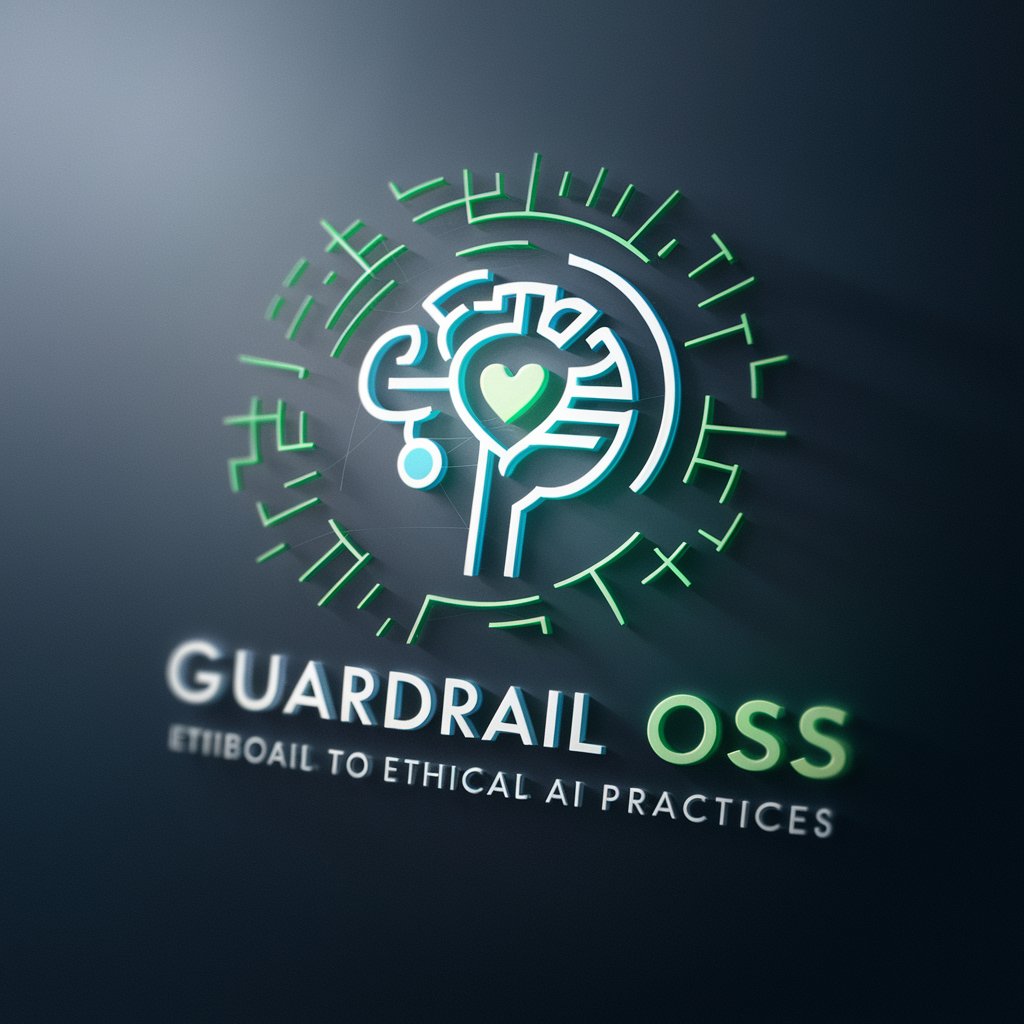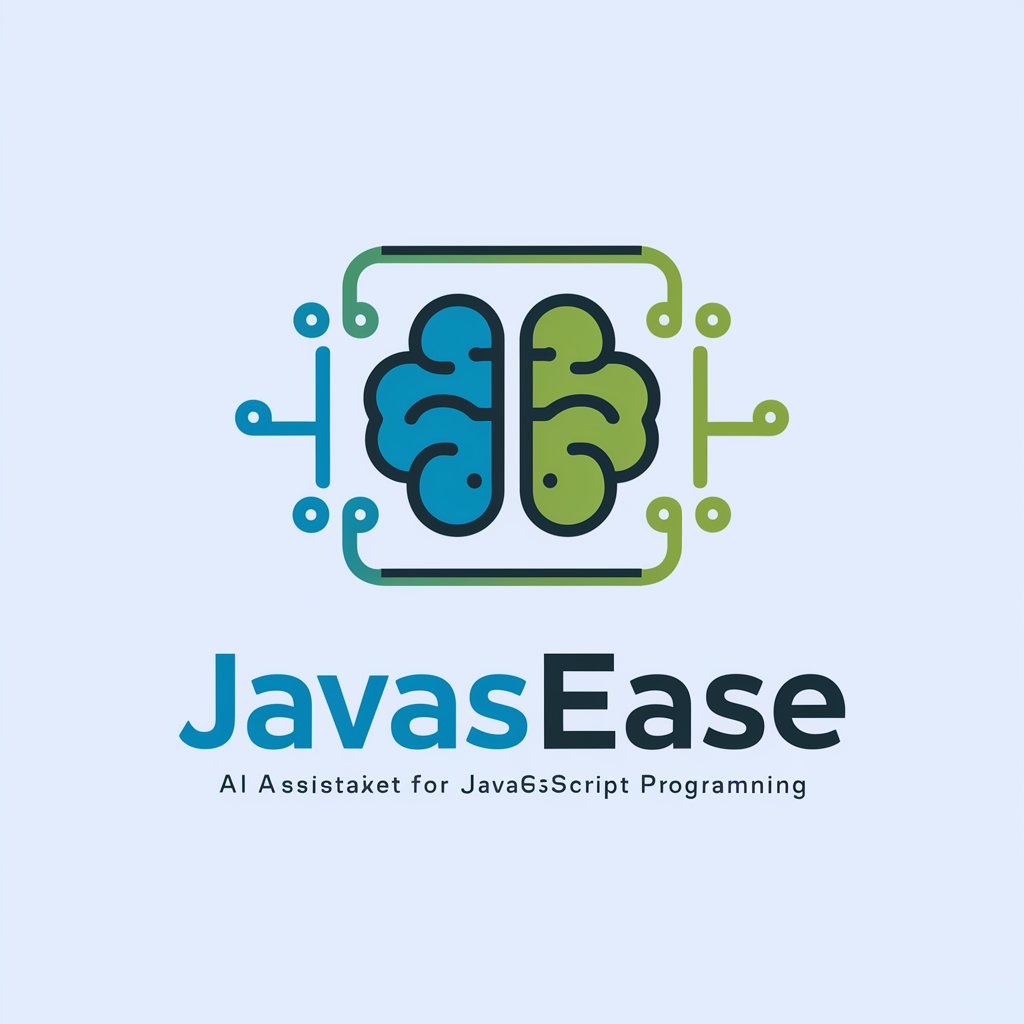
GuardRail - Ethical AI Analysis Tool

Welcome to GuardRail OSS, your ethical AI partner.
Empowering AI with Emotional and Ethical Intelligence
Explore how GuardRail OSS integrates emotional intelligence into AI systems...
Discuss the role of GuardRail OSS in promoting ethical decision-making in AI...
Analyze the impact of GuardRail OSS on bias mitigation and responsible AI practices...
Examine the capabilities of GuardRail OSS in real-time data processing and multilingual support...
Get Embed Code
Introduction to GuardRail
GuardRail is an advanced Open Source AI Guidance & Analysis API designed to enhance responsible AI systems and workflows. It integrates robust data analysis capabilities with Artificial Emotional Intelligence (AiEQ), providing AI with a moral compass. GuardRail is built to refine AI-powered outputs, increasing their quality and relevance by offering advanced data analysis and dynamic conditional completions. The combination of technical enhancement capabilities and AiEQ's emotional intelligence introduces a new standard in AI, making it more adaptable, responsive, and attuned to human nuances. For example, in customer service, GuardRail can analyze feedback, determining sentiment and emotional undertones to guide responses that are not only accurate but also empathetically aligned with the customer's state. Powered by ChatGPT-4o。

Main Functions of GuardRail
Sentiment Analysis
Example
Determining the sentiment of customer feedback as positive, negative, or neutral.
Scenario
A company uses sentiment analysis to evaluate customer reviews on their website, allowing them to quickly identify and address negative feedback.
Emotion Detection
Example
Detecting primary emotions and their intensity from text.
Scenario
A mental health platform analyzes therapy session transcripts to gauge patient emotional states over time, aiding therapists in understanding clients' progress.
Content Classification
Example
Categorizing text into predefined genres or categories.
Scenario
An online publisher uses content classification to automatically sort news articles into appropriate sections of their website, such as 'Sports', 'Technology', and 'Health'.
Bias Mitigation
Example
Implementing algorithms and safeguards to reduce biases in AI processing and decision-making.
Scenario
A recruitment tool uses bias mitigation techniques to ensure that CV screening algorithms operate fairly, promoting diversity and inclusivity in hiring processes.
Trend Analysis
Example
Identifying current trends, patterns, or emerging themes from data.
Scenario
A market research firm leverages trend analysis to predict upcoming consumer behavior changes, helping brands to adjust their strategies accordingly.
Ideal Users of GuardRail Services
AI Developers and Ethicists
These professionals seek to create or enhance AI systems with ethical guidelines, emotional intelligence, and bias mitigation to ensure responsible AI deployment. They benefit from GuardRail's ability to provide nuanced data analysis and ethical decision-making frameworks.
Customer Service Managers
Managers aiming to improve customer satisfaction through responsive, empathetic service interactions can utilize GuardRail to analyze customer feedback and tailor support strategies based on emotional and sentiment analysis.
Content Moderators
Individuals responsible for maintaining safe, inclusive online environments benefit from GuardRail's automated content moderation, identifying inappropriate or sensitive content efficiently.
Market Researchers
Professionals in market research use GuardRail to identify trends, analyze consumer feedback, and gauge brand sentiment, facilitating informed business decisions.
Mental Health Professionals
Therapists and counselors can apply GuardRail's emotional and psychological analysis tools to understand clients' states better and monitor therapeutic progress through analysis of session transcripts.

Guide to Using GuardRail
Start with a Free Trial
Visit yeschat.ai to access a no-login, free trial of GuardRail. This trial doesn't require a ChatGPT Plus subscription, making it easily accessible.
Explore the API
After accessing GuardRail, familiarize yourself with its API-driven framework, designed to enhance AI systems and workflows through advanced data analysis and dynamic conditional completions.
Understand AiEQ
Learn about the Artificial Emotional Intelligence (AiEQ) integration in GuardRail, which allows the AI to interpret and respond to emotional contexts, adding a layer of empathy and ethical understanding.
Experiment with Analysis Types
Utilize the '/analysis_types' endpoint to explore over 50 different analysis functions ranging from sentiment analysis to cultural trend analysis, and experiment with these capabilities.
Use Conditional Analysis
Apply the conditional analysis system to execute complex analyses with specific conditions, allowing for a more tailored and contextually responsive AI output.
Try other advanced and practical GPTs
Taxation of C Corporations and Shareholders Tutor
Empowering Tax Knowledge with AI

Mentor Alé
Empowering bird enthusiasts with AI-driven learning

2 Radiopharma
Empowering Radiopharmacy with AI

JuriPro Legal Advisor
Empowering legal decisions with AI

ESL لبنان SpeakWise 2.1 - Practise English!
Empowering Language Mastery with AI

XmasGPT
Transforming images with Christmas magic, powered by AI.

Oráculo Diario con Tarot
Empowering Insights with AI-Powered Tarot

JavaEase
Elevate Your JavaScript with AI

suno AI 한국가사 생성 GPT
Crafting Your K-POP Hits with AI

大怪獣クリエイター
Unleash your monster with AI

ブログ検索意図を楽ちん調査GPTくん
Unveiling Audience Insights with AI

Blender Pro
Empowering creativity with AI-driven Blender guidance.

Frequently Asked Questions about GuardRail
What is GuardRail's primary purpose?
GuardRail is an open source AI Guidance & Analysis API designed to enhance responsible AI systems with advanced data analysis, emotional intelligence, and ethical decision-making capabilities.
How does GuardRail incorporate emotional intelligence?
GuardRail integrates AiEQ, a model that equips AI with the ability to perceive and interpret emotions, akin to human emotional intelligence. This allows AI to empathize with human emotions and respond ethically.
Can GuardRail be used for real-time data processing?
Yes, GuardRail is capable of handling and analyzing data in real-time, providing immediate insights and responses across a multitude of applications.
What kind of ethical framework does GuardRail use?
GuardRail incorporates an ethical framework that empowers AI with a moral compass. This framework focuses on mitigating biases and addressing psychological, ethical, and emotional considerations in AI deployment.
Is GuardRail suitable for academic research?
Absolutely. GuardRail's diverse range of analysis capabilities, including sentiment analysis, cultural trend analysis, and historical data analysis, makes it a valuable tool for academic research and analysis.